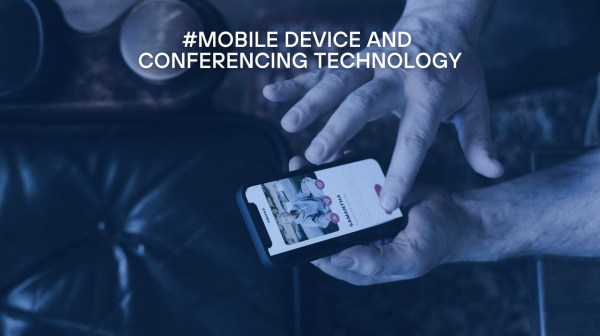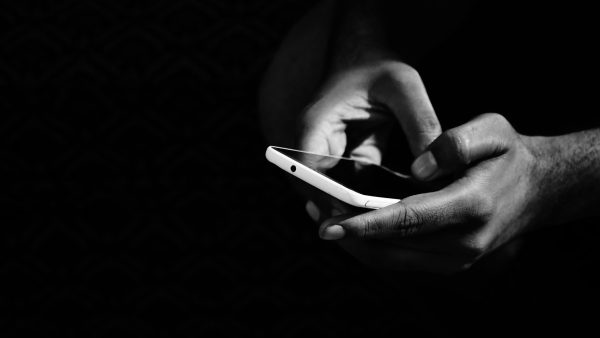In recent years, the smartphone has established itself as one of the most widely used everyday objects in the world, but what was the first of these devices?
First smartphone in history
Two decades after the birth of the first mobile phone in history came the so-called first smartphone: the IBM Simon, also known as the Simon Personal Communicator.
This device did not achieve great popularity – it sold about 50,000 units – and was only available for a few months: from August 1994 to February 1995, although a prototype had already been presented in 1992.
In addition to being able to receive and send calls, it offered other uses that were now commonplace but revolutionary at the time, such as handling faxes and e-mails.
The product’s lack of success may have been limited by various factors, such as the fact that it was only available in the United States, was tied to the BellSouth operator, and cost a high $900 with a two-year contract or for almost $1100 without a contract.
Features of the first smartphone in history
The size and durability of the battery may also seem shocking to today’s eyes. The dimensions were 20 centimetres high, 6.4 centimetres wide and almost 4 centimetres thick, weighing just over half a kilogram and with a maximum battery life of barely an hour.
Other novel features of the Simon were the touch screen (something that some PDAs already had at the time), a predictive keyboard that ‘anticipated’ the first six most likely letters and some so-called features – which today could be considered applications – such as a calculator, calendar or the aforementioned fax and e-mail.
First smartphone in history to be considered as such
However, we could point out that, although the first smartphone was marketed in 1994, as we have explained above, the categorisation as such as ‘smartphone’ would come years later with a device from Ericsson.
Specifically, in 1997 the Ericsson GS88 (known as Penelope) was the first phone to be labelled as a smart phone… yes, separate. However, this phone was never released, so it remained a prototype with the term ‘smart phone’ on the box for the first time.
First smartphone the size of a traditional mobile phone
It was not until 2000 that Ericsson, with the R380 model, also marketed a smartphone under this nomenclature: it was officially called the Ericsson R380 Smartphone.
This device cost around 700 dollars and had a black and white touchscreen, partly covered by a lid. Among other features, it was the first smartphone with smaller dimensions than other smartphones and more in line with the size of traditional mobile phones, weighing just 164 grams.
Another particularity of this mobile device is that it was the first to incorporate the Symbian operating system. It also used an integrated modem that allowed it to send and receive e-mails, as well as 2 MB of RAM and 4 MB of ROM.
First smartphone with iOS operating system
The arrival of the first iPhone brought several changes, including the disappearance of physical QWERTY keyboards as a synonym for high-end phones.
In 2007 Apple launched the first iPhone in history, making it the first smartphone to use the iOS operating system.
With a starting price of 499 dollars and available only in the United States with the AT&T operator, it was named ‘Invention of the Year’ by the prestigious Time magazine and came to change the standards of mobile telephony.
As a curiosity related to the iPhone 3G, we could say that on Friday 11 July 2008 -coinciding with the inauguration of the shop located in the space on Gran Vía 28 after the company’s headquarters were transferred to Distrito Telefónica- it was marketed exclusively and for the first time in Spain. An event that caused endless queues from the Gran Vía building to Plaza España.
First smartphone with Android operating system
Today, the world of smartphones would not be the same without the operating systems iOS, as we have already mentioned, and Android.
The HTC Dream was the first smartphone to have the Android operating system, a device that, unlike Apple’s, had a physical keyboard, although the HTC Magic had a touchscreen.
HTC thus became the first mobile phone manufacturer to adopt the operating system developed by Google.










